This is the code I have used:
iname = "name1"
ipassword = "password1"
iemail = "email@domain.com"
res1 = []
df = pd.read_csv("login.csv", sep=',', encoding="utf-8")
res1.append(iname,ipassword,iemail)
print(res1,res2,res3)
df.to_csv("login.csv", index=False)
How to store the name, password and email in the csv file by using pandas dataframe?
login.csv:
name password email
admin admin asdfs
zds sd dsssfsfd
vipul rao dsfdsfs
